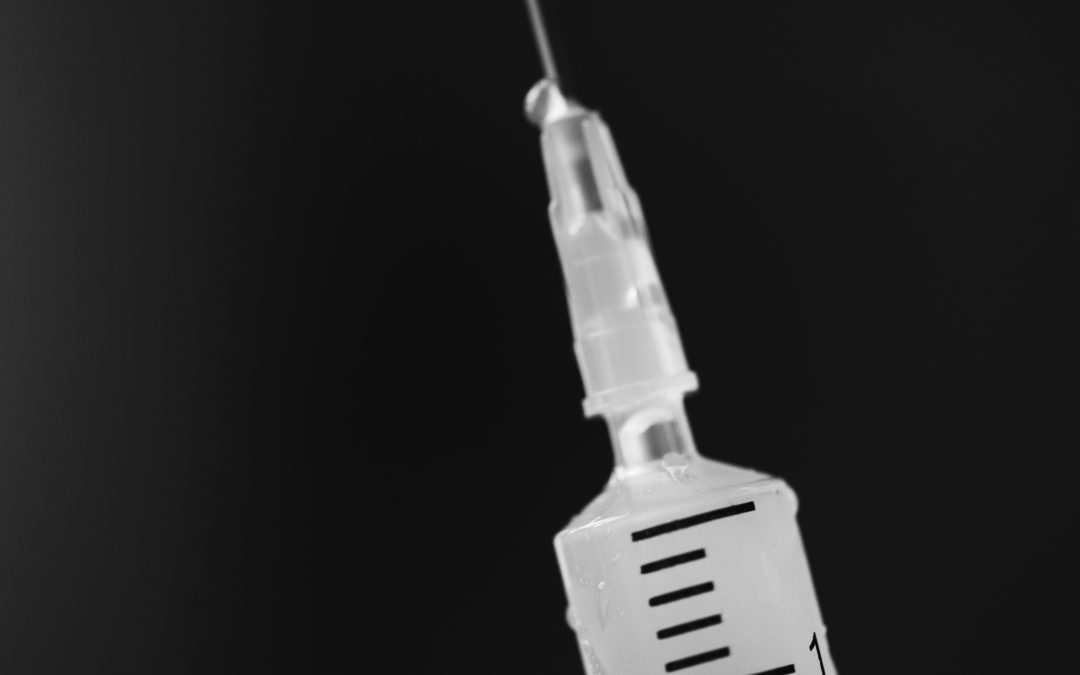If you are suffering from joint pain as a result of an injury or arthritis, joint injections are often given to help with the pain and swelling. This will involve having a steroid injection in the troublesome joint that can help to reduce pain and swelling.
The pain relief of a joint injection can last for a number of weeks to a few months but this will depend on the kind of steroid injection that you are given.
About Joint Injections
These are often given to treat a wide range of joints such as the knee, shoulder, elbow, ankle or wrist. The injection can be given by your Rheumatologist as they are able to administer it in the correct way.
Steroid joint injections can help to reduce inflammation which is often the cause of pain and swelling. Some steroids can take longer than others to work but they will help you to experience an improvement. This will mean that you will get a better range of movement and a reduction in pain. As for the best option, your specialist will talk you through the best steroid medicines available,
It is worth remembering that steroid injections are not a cure. However, they will ease the symptoms, bringing you a better quality of life. Often, they will complement other treatments such as physiotherapy or medicines.
Preparing for a Steroid Injection
Your specialist will check your joint and begin by cleaning the skin with an antiseptic. In some cases, you might be given a local anaesthetic to ease the pain that the injection can cause. So, the local anaesthetic will be injected first and after a few minutes, it will begin to work. If the join injection is being given in the knee then fluid might need to be removed prior to this. This is known as aspiration. Following this, they will then use another needle to inject the steroid medicine. In some instances, it could be likely that a steroid with a local anaesthetic will be combined in one injection.
Recovering from the injection
After the injection, you might feel as though the pain has become worse. This is because the injection has been placed within the affected area and it can take some time for it to begin to work. The injection will cause some inflammation which is also known as steroid flare. This can last for anything from one to two days. Often, placing a cold compress on the area for a few hours after the injection can help. If you find that the pain is too much then you can take over-the-counter painkillers such as paracetamol or ibuprofen.
In Case of Further Concerns
However, if you have questions or concerns then you should speak with your specialist for advice or guidance. In general, steroid joint injections do not cause that many problems for people and often the pain is manageable for a day or two before it begins to work. However, if the join is hot or if the pain does not subside then you should speak to your specialist immediately.



